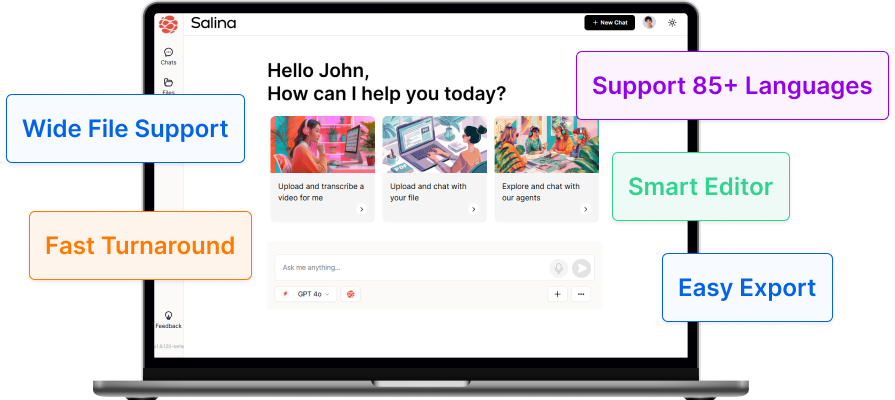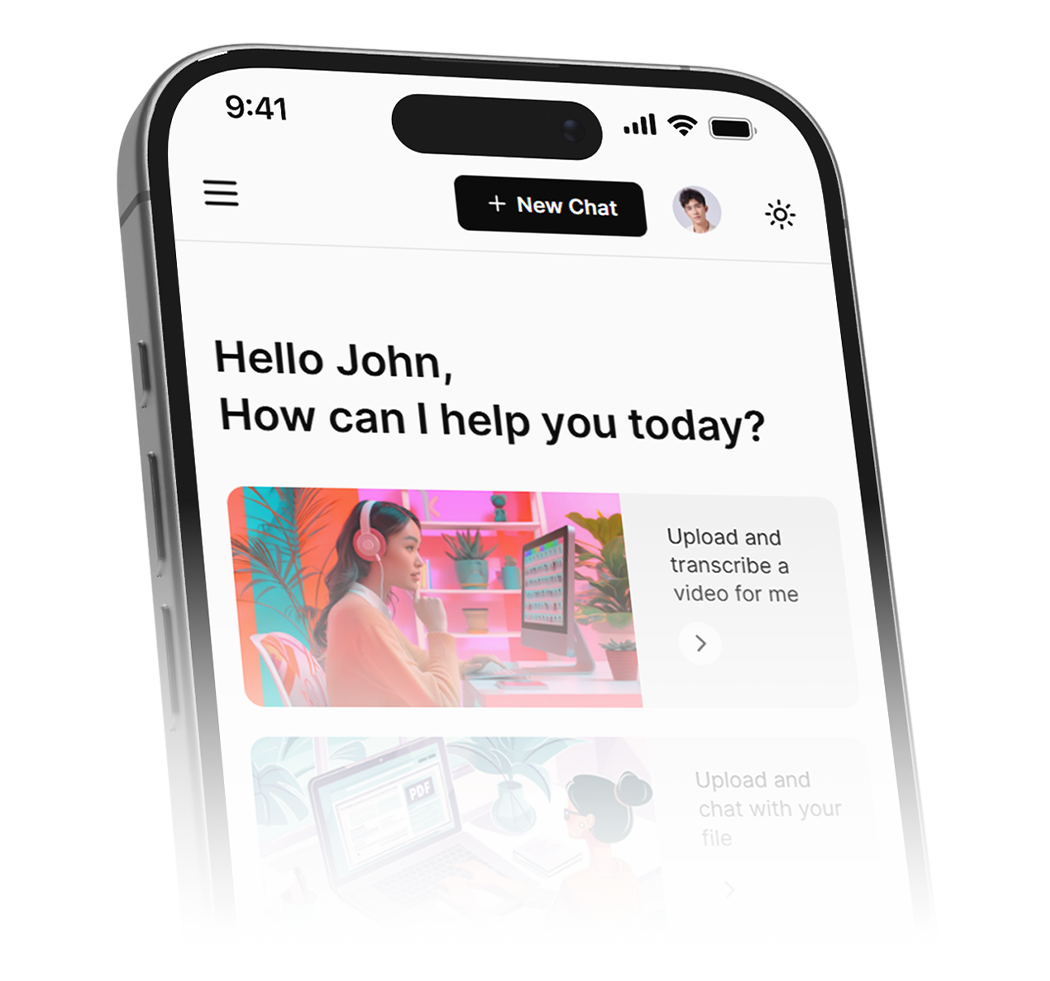
Transform your podcast into a social media powerhouse by repurposing your content into engaging and accessible formats. Follow the seven steps below to extend your reach, connect with a wider audience, and enhance your message’s impact.
As a self-proclaimed cheesecake connoisseur, I’ve always had a deep appreciation for the intricate layers that make up this delectable dessert. At first bite, I savor the buttery, crumbly crust that provides the perfect foundation for the rich and creamy cheesecake filling. And speaking of that filling, it’s the velvety, smooth texture that keeps me coming back for more.
But here’s the thing – while I love indulging in a slice of cheesecake as a whole, I’ve come to realize that each layer has its own unique value and can be enjoyed in its own way. Sometimes, I’ll nibble on just the crust for a quick and satisfying snack. Other times, I’ll indulge in the filling by itself for a burst of pure, unadulterated flavor.
In many ways, this approach to cheesecake reminds me of repurposing podcasts. Sure, a podcast episode can be great as a whole, but breaking it down into its individual parts can unlock even greater value and accessibility. By repurposing podcast content into bite-sized pieces, such as social media posts, video clips, or audio snippets, you can reach a wider audience and cater to different learning styles and preferences.
With that said, let’s dive even deeper into understanding the benefits of repurposing podcast content for social media.
Benefits of Repurposing Podcast Content for Social Media
Before we jump into the practicalities, it’s important to understand why the effort is worthwhile. Repurposing your podcast content for social media can have several benefits, including:
Increasing Visibility and Reach
By sharing your podcast content in different formats on various social platforms, you’re effectively saturating the online sphere with your brand’s presence. The more places your audience can find your content, the more likely they are to engage with it, and in turn, share it with their networks.
Engaging with a Wider Audience
Each social media platform attracts a distinct demographic and, as such, requires unique content to resonate with its users. By tailoring your podcast content to fit these demographics’ preferences, you can connect with a broad audience base that may not have accessed your podcast otherwise.
Providing Valuable Insights in Different Formats
Diversity in content is key, and each medium has its way of delivering value. By translating your podcasts into visual and auditory gems, you are providing your audience with the content they prefer in the format they find most convenient.
With a clear understanding of why it’s important to repurpose podcast content for social media, let’s now focus on how. We’ll guide you through a step-by-step process to turn your podcast episodes into engaging social media content. This guide will show you how to convert key moments of your podcast into various formats, making each share part of a bigger strategy to engage your audience and grow your brand.
7 Steps on How to Repurpose Podcast into Engaging Social Media Content
Repurposing a podcast episode for social media may sound daunting, but it’s quite manageable with a systematic approach. Here are the seven steps you can follow to ensure that your content retains its essence while being tailored for each social media platform.
Step 1: Identify Key Moments from Your Podcast
The first step in repurposing your podcast content is reviewing your episodes to find those golden nuggets that made them special. These moments can be anything from a particularly insightful quote, a fascinating statistic, or a humorous exchange. Their role is critical; they represent the heartbeat of your content that you can use to draw in your social media followers.
Step 2: Choose the Right Format for Each Platform
Every social media platform has its own unique user experience and preferences. A video might perform better on Twitter and Facebook, while a carousel of images could be more engaging on Instagram. It’s important to align the format with the platform to ensure the content looks native to the audience.
- Visually engaging content: Photos, infographics, and videos tend to perform well.
- Longer-form content: Posts with some substance (think 1-3 paragraphs) can spark discussion.
- Live videos: Great for hosting Q&A sessions or behind-the-scenes glimpses.
- User-generated content: Encourage followers to share their experiences with your brand.
- High-quality photos and short videos: Visual appeal is key on Instagram.
- Stories: Utilize disappearing content for behind-the-scenes snippets, polls, and Q&A.
- Reels: Short, engaging videos with music and effects capture attention.
- Influencer marketing: Collaborate with relevant creators to reach a wider audience.
Twitter (now X)
- Short, catchy content: Tweets are limited to 280 characters, so keep it concise and impactful.
- News and updates: Share industry news, relevant articles, and company updates.
- Hashtags: Use relevant hashtags to join conversations and increase reach.
- Polls and questions: Encourage interaction by asking your audience questions and running polls.
- Professional and informative content: Share articles, blog posts, and insights related to your industry.
- Long-form content: Longer articles and white papers can establish thought leadership.
- Discussions and groups: Participate in industry discussions and relevant groups.
- Video content: Share professional videos like interviews or presentations.
YouTube
- High-quality, informative videos: Content should be engaging, valuable, and well-produced.
- Variety of formats: Tutorials, explainer videos, product demos, and behind-the-scenes content all work well.
- Playlists: Organize your videos into playlists for easy navigation.
- Community engagement: Respond to comments and questions to build a community.
Step 3: Use AI Repurposing Tools to Create Visually Appealing Content
AI has drastically changed content creation by enabling the generation of high-quality visuals, audio, and video at speed. Check out some AI tools to consider in this process.
AI Tools to the Rescue!
Repurpose.io • I’ve found an incredible tool that automatically turns podcast episodes into short clips, videos, and social media posts! It boasts features such as automated content repurposing, scheduled publishing, analytics, collaboration features, watermark removal, and short-form video automation.
SummarAIze • This AI-driven tool is transforming the way content from podcasts, webinars, and similar sources is repurposed. Utilizing advanced natural language processing techniques, it crafts summaries, extracts quotable moments, and creates engaging social media content by identifying and highlighting the most impactful and share-worthy elements.
CoHost’s Transcription Feature • An AI-driven transcription service I’ve come across can turn podcast audio into precise written text quickly and efficiently. It’s incredibly useful for crafting quotable posts, summaries, and social media content from your podcast episodes.
Descript • A tool that uses AI to transcribe, edit, and mix audio content, making it easy to repurpose your podcast episodes into social media-friendly clips.
Step 4: Add Captions and Transcriptions
Make your social media content more accessible and attention-grabbing by adding captions and transcriptions. They cater to individuals who prefer to consume content with the sound off or who face accessibility challenges. Below are some AI tools to consider in this process.
AI Tools to the Rescue!
Zubtitle • An AI-powered tool, Zubtitle can automatically caption your videos with options to customize font, color, and position, supporting multiple languages.
Happy Scribe • Offering high accuracy and customizable transcripts in multiple languages, Happy Scribe is ideal for transcribing podcasts and social media videos.
Descript • With a simple interface, Descript provides accurate transcriptions and easy editing for your podcasts and social media audio.
Step 5: Schedule and Promote Your Content
Once your content is ready, it’s time to schedule and promote it. Use social media management tools like Hootsuite or Buffer to plan your posts for optimal engagement times. Remember to leverage hashtags, mentions, and trendy topics to expand your reach. Read more about these tools below.
AI Tools to the Rescue!
Hootsuite • Offers an AI-powered social media management platform with a unified dashboard, automated scheduling, and analytics for effective content promotion.
Buffer • Provides a simple interface, automated scheduling, and analytics for streamlined social media management, using AI to optimize your content strategy.
Sprout Social • Features advanced AI-powered social media management including a unified dashboard, automated scheduling, analytics, chatbots, and social listening for comprehensive content strategy.
Step 6: Engage with Your Audience
Engagement doesn’t stop at content distribution. Actively participate in conversations sparked by your repurposed content. Answer questions, spark discussions, and use features like stories and live videos to create an ongoing dialogue with your audience.
Step 7: Measure and Analyze Your Results
Data is your ally. Measure the performance of your repurposed content with social media analytics to see what’s resonating with your audience and what’s not. Use these insights to refine your future content and make data-driven decisions.
Key Takeaways
- Diversifying content formats can engage a wider audience.
- Repurposing content revolves around transforming familiar material into new content while preserving the original essence.
- It aims to extend the conversation beyond just audio, reaching audiences through various digital platforms.
- Connecting with the audience on different levels is crucial for effective message delivery.
- The goal is to enhance the reach and impact of the original message through strategic repurposing.
What’s Next
Content creation, including repurposing, is where creativity meets technology. By using AI and new media to your advantage, you can significantly extend your podcast’s social media presence. While AI can help automate and streamline the content creation process, it’s your creativity and unique voice that truly make a difference.
In the digital space, where everyone is vying for attention, both original and repurposed content can capture interest. This is your opportunity to boost your podcast’s impact on social media.
To stand out, try playing around with various formats, adding interactive elements, and launching community campaigns to ramp up engagement on social media. Innovation is crucial to capturing and retaining your audience’s attention.
Use this guide to craft strategies that resonate with your podcast and its audience. Your social media platforms are the perfect channels to share your podcast’s story in a captivating way, driving traffic and enhancing SEO.






